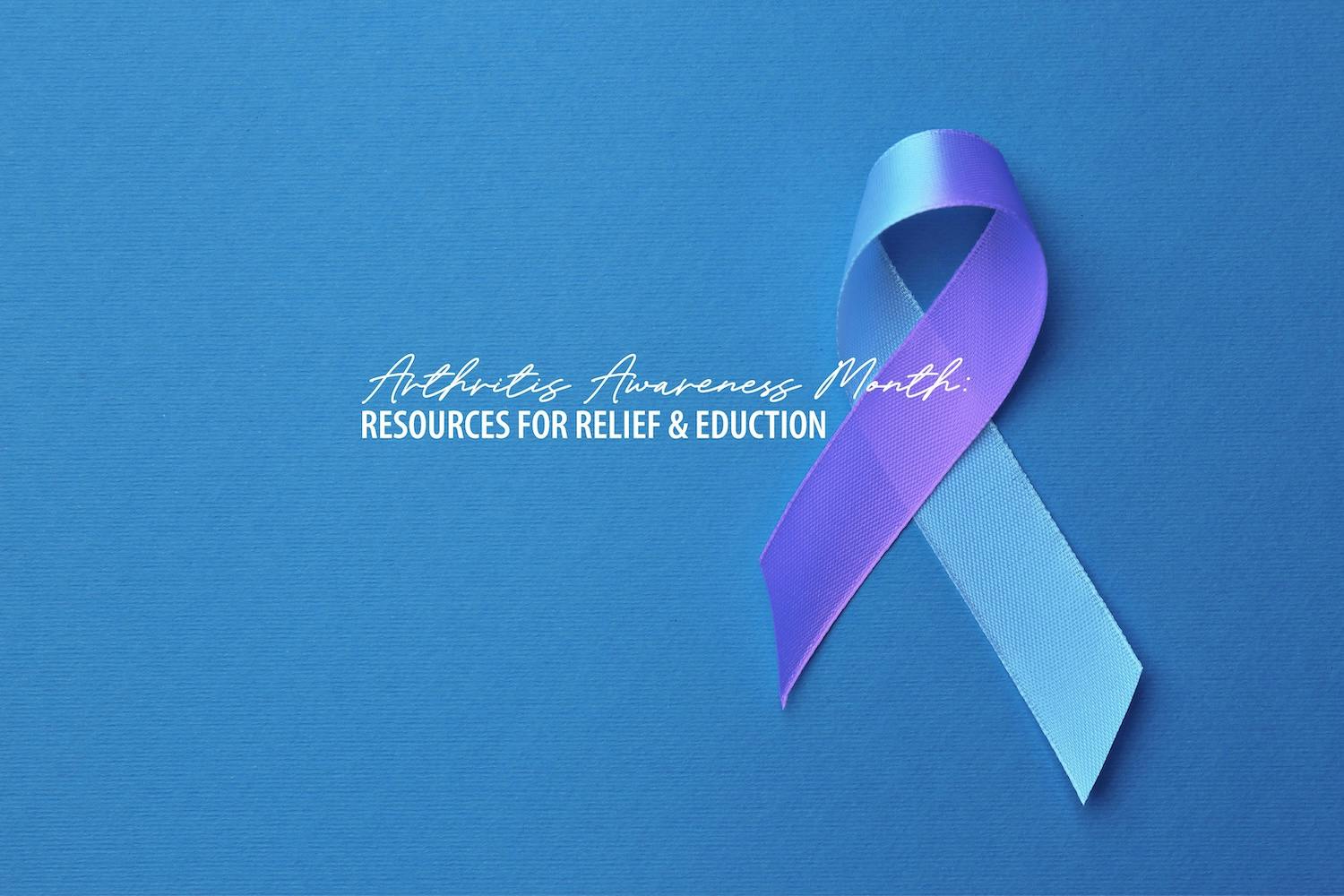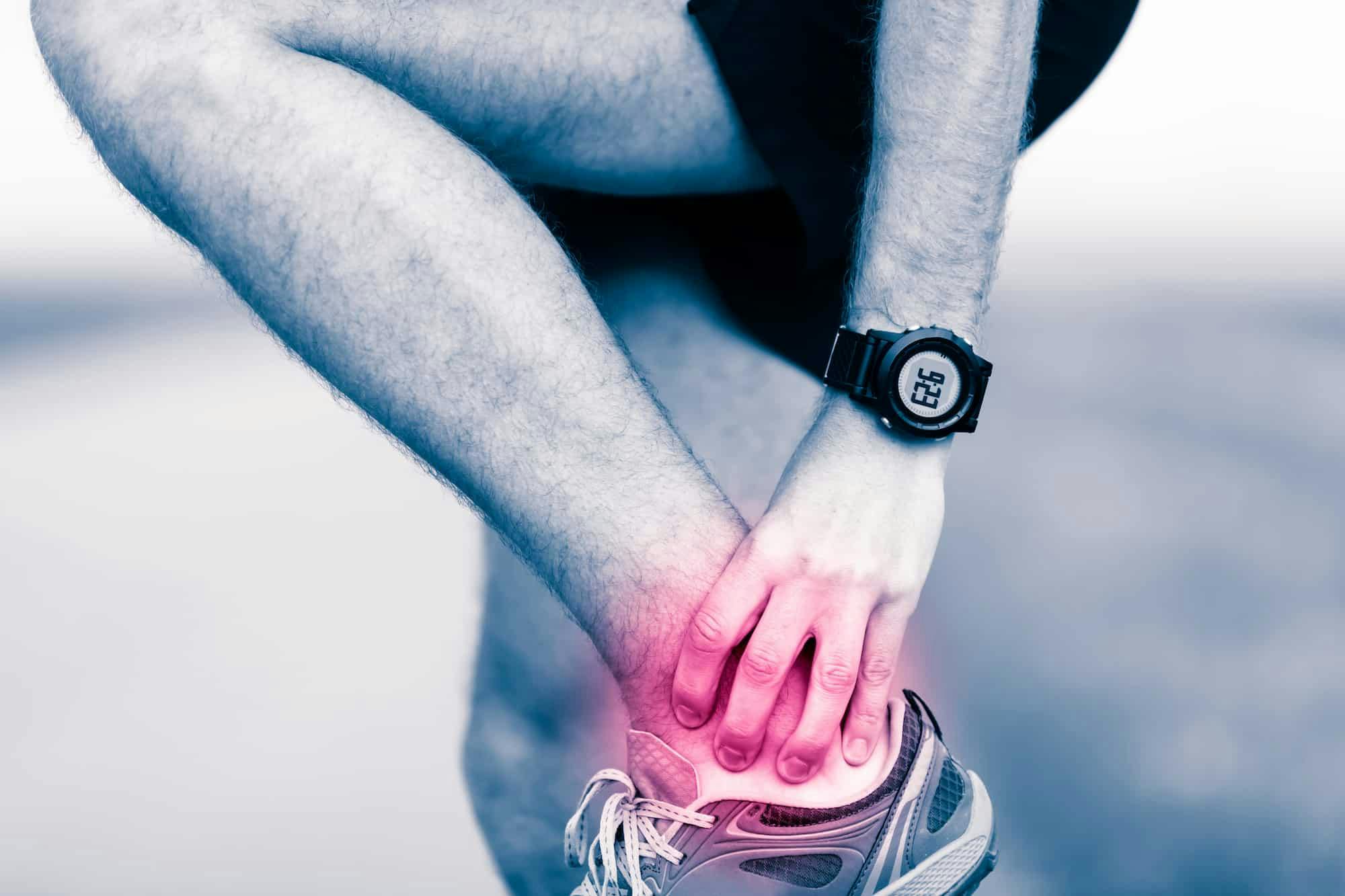- Blog
What Makes A Procedure Minimally-Invasive?
Posted on 01-02-2026 in Minimally Invasive Surgery by Dr. Joshua Hackel

Posted on 01-02-2026 in Minimally Invasive Surgery by Dr. Joshua Hackel
What Is Minimally Invasive Surgery?
A minimally invasive procedure is any treatment performed on a patient that requires no or very limited intrusion into the patient’s body; in sports medicine, that would typically include steroid or hyaluronic acid (HA) injections, orthobiologic or regenerative medicine treatments, and non-surgical procedures like percutaneous tenotomy and radio frequency ablation (RFA). While it might seem counter-intuitive, many of these less-invasive procedures can have just as large an impact on healing and recovery as more traditional surgical approaches. Furthermore, there are some key benefits to a minimally-invasive approach to treatment, specifically in the areas of patient safety, recovery time and cost of treatment.
Patient Safety
Due to the fact that there is minimal intrusion into the body, minimally-invasive procedures are much safer than more traditional surgical approaches to treatment. Minimally-invasive procedures are typically performed through an incision that is less than one inch long—some are even done through a needle!—versus the eight- to twelve-inch incisions required in more complex surgeries. Smaller incisions have a number of positive downstream effects on patient safety. For one, smaller incisions mean a decreased likelihood of infection and other life-threatening surgical complications following your procedure. They also leave behind far less scarring, which many patients appreciate. Finally, minimally-invasive procedures require far less anesthesia to perform, so patients do not face the potential complications that come with being put to sleep for a procedure.
Recovery Time
While surgical procedures can require days or even weeks of recovery time to get patients on their feet and back to their normal lives, many patients who undergo minimally-invasive procedures return to their normal activities within a few days. This is primarily due to the fact that minimally-invasive procedures require small, if any, incisions, but it also stems from the fact that patients can forego intense anesthesia and can walk out of a treatment facility mere hours after their case is complete. Furthermore, these procedures produce much less severe changes to anatomical structures, so joints, bones and tendons tend to be more stable following treatment.
Cost
As mentioned above, minimally-invasive procedures require minimal, if any, intrusion into the patient’s body and can often be done under minimal sedation. Because of this, they are often performed in a physician’s office or, at most, an outpatient surgery center. The location of these procedures, coupled with the fact that they typically do not require an expensive implant or single-use disposable, means that minimally-invasive procedures are often a much more economical treatment option for cash pay patients or those with high-deductible health plans. While you should never seek out the cheapest treatment option when your health is at stake, the overall safety, efficacy and cost of minimally-invasive treatments make them a clear front-runner for any patient suffering from orthopedic pain.
Is Minimally Invasive Surgery Right for Me?
If you are suffering with muscle, bone or joint pain, there is a very good chance that a minimally-invasive procedure could help alleviate your suffering. However, there are certain conditions that could require surgical intervention to be corrected; furthermore, if you have a large build-up of scar tissue or have had numerous prior surgeries, you may not be a candidate for one of the minimally-invasive procedures discussed above. The only way to know for sure is to schedule an appointment with a sports medicine physician in your area, as they have the knowledge and expertise to properly diagnose your pain and develop an effective treatment plan to get you back to living your best life.

May is Arthritis Awareness Month, an opportunity to increase public understanding of arthritis and its impact on millions of lives. Established by the Arthritis Foundation, this national observance highlights the importance of early diagnosis, effective treatment, and ongoing research to improve the quality of life for those with arthritis.

With summer in full swing and children taking advantage of more time to participate in sports-related or other outdoor activities, it’s essential to be mindful of injury prevention while encouraging their interest in activities that don’t involve screen time!

May is National Arthritis Awareness Month, and of the more than 100 forms of this painful condition, many can affect the ankle. In fact, almost half of people in their 60s and 70s have arthritis of the foot and/or ankle, but not all of them have symptoms.